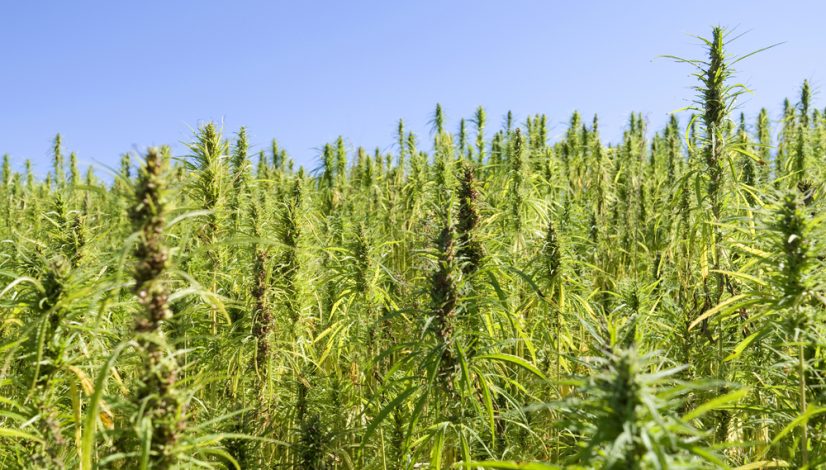What Is CBD (Cannabidiol) And What Does It Do?
The post What Is CBD (Cannabidiol) And What Does It Do? appeared first on High Times.
Cannabis plants are chemical powerhouses that produce more than 400 different compounds. Not all of those compounds are unique to weed, of course, and appear in many other species of plants. That’s why weed can smell like pine trees or taste like fresh lemons. But of those 400 compounds, more than 60 of them are totally specific to the plant genus Cannabis. Scientists call these special compounds “cannabinoids.” However, not all cannabinoids are created equal. One of them, cannabidiol, or CBD, holds the key to the wide variety of medicinal and therapeutic effects marijuana offers.
But what exactly is cannabidiol (CBD) and more importantly, what does it do? Those questions and more are at the heart of this comprehensive guide to one of the most fascinating and important compounds of the cannabis plant.
The more we learn about CBD, the more it seems poised to revolutionize medicine as we know it. Read on to find out why cannabidiol is so important and why you should care about it, especially if you use cannabis.
CBD 101: The Fundamentals Of Cannabidiol
Perhaps the only thing more complex than the biochemistry of cannabis is its pharmacology. The ways weed interacts with the human body are exceedingly intricate. And the truth is we don’t know as much as we should about those interactions—at least not yet.
Nevertheless, we do know some of the basics. So here’s your fundamental fact sheet about CBD.
Cannabidiol Isn’t Psychoactive
One of the most crucially important qualities of CBD is its lack of psycho-activity. In layperson’s terms, this means that cannabidiol won’t get you high. Unlike THC, the cannabinoid with the legendary power of producing euphoric sensations, CBD is inert.
So when taken on its own, users experience none of the sensations of being stoned. And this is the single most important property of the cannabinoid from the medical—and legal—perspective.
Cannabidiol Is Legal Almost Everywhere
Because CBD doesn’t get you high, products that contain only this cannabinoid can skirt the legal ban on marijuana.
Technically speaking, its THC—the cannabinoid that gets you high—which is illicit. When you take a drug test, the aim is to detect THC in your body, not “cannabis.” If you possessed weed without any THC in it, technically you wouldn’t be in violation of the law. Because “weed” without THC has a different name: hemp. And the rules governing hemp are quite different from the restrictions placed on cannabis.
In fact, every state that has yet to legalize marijuana for medical use has some kind of law allowing people to obtain and use CBD-only (or low-THC) products for medical or therapeutic purposes. And in most cases, that means obtaining CBD from hemp, rather than cannabis flowers.
In places with legal medical marijuana programs, CBD products are widely available and easy to find.
Cannabidiol Can Come From Hemp Or Marijuana Plants
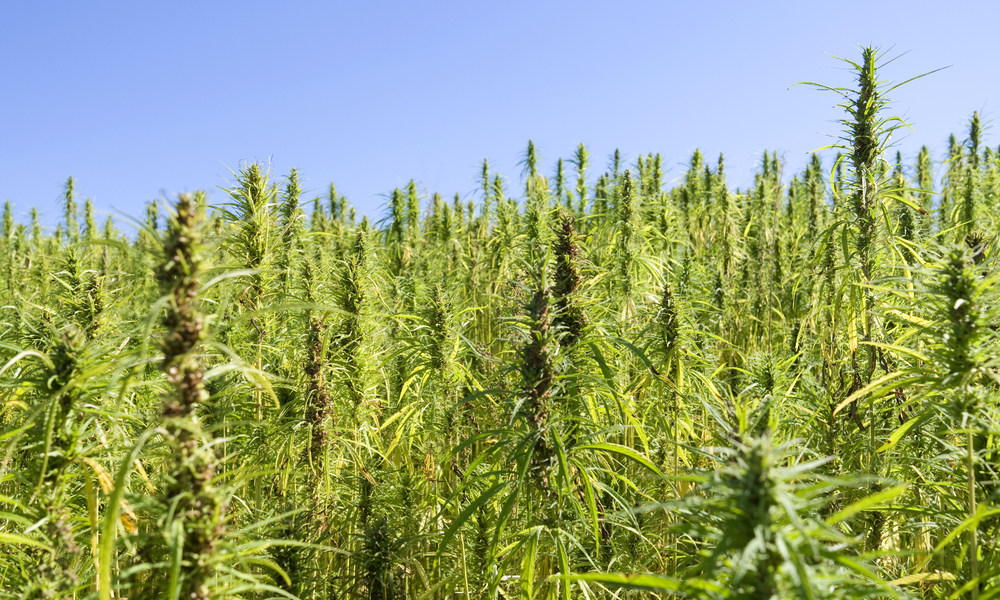
There are two main sources of CBD: hemp plants and marijuana. Where a given product comes from depends on the legal status of marijuana in a particular state.
If medical marijuana is illegal in a given state, THC levels determine whether a CBD product is illicit or not. In most places, the limit is extremely low. We’re talking under 1 percent THC, with some states opting for a cap as low as 0.3 percent. In this case, the only source that would work is hemp, and CBD products will, therefore, be hemp-derived.
In other places, limits can be higher. Delaware, for example, allows CBD oil to contain up to 5 percent THC. But that’s still not enough to get anyone very high.
Sourcing and legality questions aside, the general consensus has it that CBD derived from marijuana is both more potent and more effective.
Many attribute this phenomenon to the “entourage effect,” or the theory that one cannabinoid can do its job better when it works together with its companion cannabinoids. Extracting CBD from cannabis flowers helps keep these other cannabinoids intact, which is why people prefer it over hemp-derived products.
In other words, the source matters. And the buds of the cannabis plant have a richer and wider complement of cannabinoids compared to hemp leaves. So while we’re on the topic, here’s a quick rundown of the best CBD-only and CBD-dominant strains of cannabis out there.
Breeders Are Crafting Specialized CBD-Dominant Weed Strains
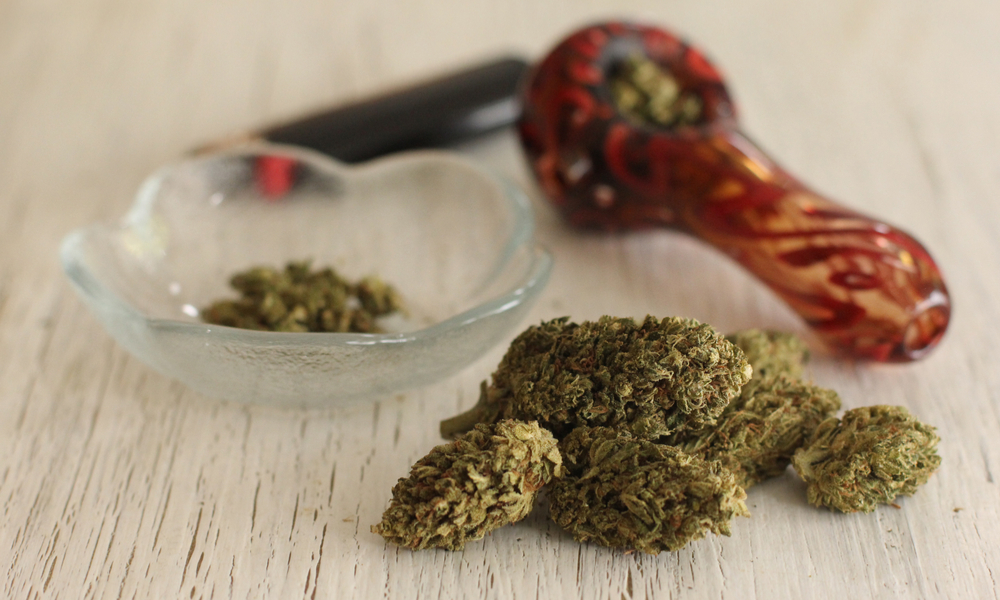
The demand for medical-grade cannabidiol has spurred breeders and growers to pursue new strain genetics that promote cannabidiol production. These strains don’t attempt to eliminate THC. Instead, they increase the ratio of CBD to THC, allowing the effects of cannabidiol to shine through.
- Katelyn Faith: named after the 8-year-old for whom it was created, Katelyn Faith boasts a 34-to-1 cannabidiol to THC ratio, making it one of the most CBD-rich strains in the world.
- Harlequin: A legendary medical strain which weighs in at a 5:2 ratio.
- ACDC: This widely available strain consistently tops 19 percent cannabidiol.
- Remedy: As the name suggests, a potent healing strain with an impressive 15:1 cannabidiol ratio.
- Cannatonic: At a perfect 1:1 ratio of CBD to THC, this strain achieves an optimal ensemble effect for medical patients also seeking the benefits of THC.
- Charlotte’s Web: Interestingly, this “strain” isn’t marijuana at all. Rather, it’s a proprietary hemp plant that produces buds with just the cannabidiol cannabinoid.
If you’re searching for a high-quality medical cannabis strain that places the emphasis on cannabidiol, these six strains are an excellent place to start.
What Does Cannabidiol Actually Do?
We’ve covered the details of what cannabidiol is, its basic properties, and where it comes from. Now, it’s time to turn our attention to what this powerful little compound can do.
For good reason, cannabidiol dominates the conversation about the medical applications of cannabis. But that doesn’t mean CBD isn’t valuable to recreational users. In fact, CBD has some special qualities that can make it an important part of any recreational experience.
First, we’ll dive into the medical side of things. Then we’ll take a look at the importance of cannabidiol for recreational users.
How Does Cannabidiol Interact With The Body?
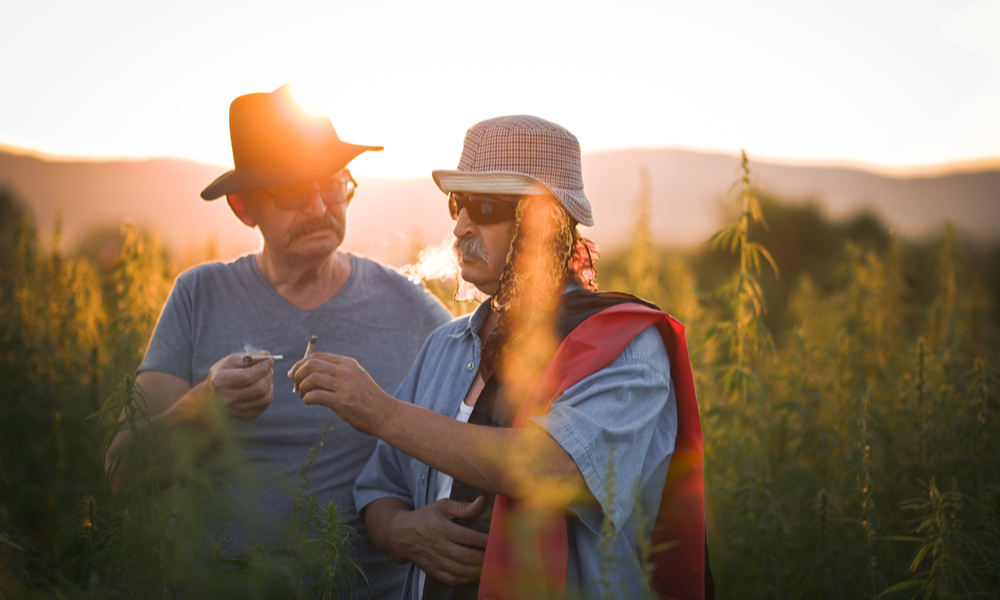
All of the 60-plus cannabinoids unique to the plant genus Cannabis interact with our bodies thanks to a network of neurons called the endocannabinoid system.
The endocannabinoid system runs throughout your body. And it’s loaded with receptors that bind to the cannabinoids you introduce to your bloodstream when you consume weed.
And it’s the chemical interactions of those bonds that create a wide and largely unknown series of responses in your body.
Without distorting the science too much, you could say that human beings are “hard-wired” for weed. The endocannabinoid system runs deep and touches all of the major systems of the body. And that’s why weed can do so many things for us, from altering and regulating moods to stimulating appetites and reducing pain.
And even though cannabidiol has no toxicity for humans—meaning, it doesn’t make you intoxicated (i.e. high)—it is highly reactive with the endocannabinoid system.
To put things as simply as possible, CBD makes things happen. When it binds to the endocannabinoid system’s receptors, it stimulates all kinds of changes in the body
Most of those changes are incredibly beneficial, and researchers keep uncovering real and potential medical uses for them.
We won’t bog you down with the technical minutiae of each of those changes. Instead, here’s a quick overview of the major studies and most promising findings about the medical importance of CBD.
Here’s What CBD Can Really Do—And The Research Backing It Up
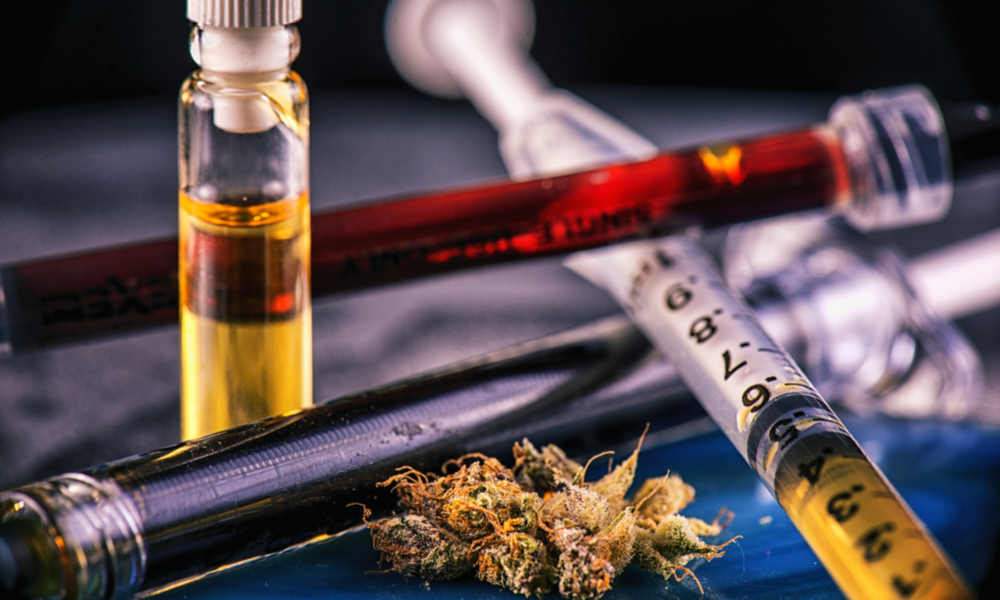
There’s no better way to gain an appreciation of just what cannabidiol can do than taking a look at the exciting research behind it. This overview lists the major medical benefits of CBD, then explains the key studies backing them up.
CBD Can Stop Epileptic Seizures
One of the most important CBD studies ever published was a path-breaking study into the efficacy of using CBD as a treatment for epilepsy.
In 2012, researchers with the British Epilepsy Association published a paper called “Cannabidiol exerts anticonvulsant effects in animal models of temporal lobe and partial seizures.” Their conclusion? “The evidence strongly supports CBD as a therapeutic candidate for a diverse range of human epilepsies.”
CBD Can Treat Serious Neurological Diseases Like Alzheimer’s, Multiple Sclerosis, and Parkinson’s
Researchers are still trying to figure out the exact mechanisms behind neurodegenerative diseases like Alzheimer’s. We know it has to do with a protein pathway, and that’s exactly the pathway this 2006 study investigates.
Taking a look down to the molecular level, researchers discovered that CBD can actually protect nerve cells from degenerative diseases. Scientists call this CBD’s “neuroprotective effect,” and it’s one of the most promising aspects of the cannabinoid.
CBD Can Relieve Pain
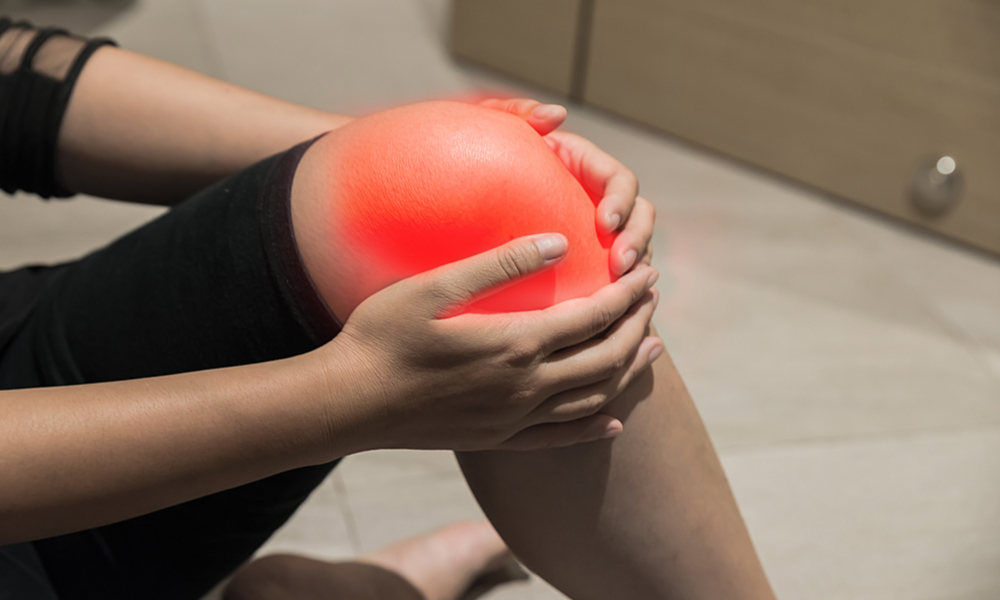
Medical cannabis is quickly becoming the go-to alternative to dangerous and addictive prescription painkillers, like the opioids that are causing an epidemic of overdose deaths in the United States.
A lot of weed’s pain-killing power stems from its psychoactive cannabinoid, THC. But cannabidiol is also a potent pain reliever. 2015 saw the most important study to uncover the pain-relieving effects of CBD. In that study, researchers compared cannabidiol to morphine.
To their surprise, CBD worked well in combination with morphine and counteracted the latter’s risky side effects. This means cannabidiol can help treat acute pain conditions, along with more long-term benefits.
CBD Can Fight Cancer
It sounds too good to be true. But indeed, pre-clinical trials have shown that cannabidiol has a powerful anti-tumor effect.
The most important study to reveal these powerful tumor-inhibiting effects came out in 2015. In fact, this study looked at a range of non-psychoactive cannabinoids, including, of course, cannabidiol.
In a landmark for medical cannabis research, this study concluded that “CBD slows the progression of many types of cancer, including breast, lung, prostate and colon cancer.”
How that works is pretty incredible. Cannabidiol actually makes it harder for cancer cells to grow. In some cases, this causes an increase in cancer cell death. No wonder stories abound about “miracle” CBD cures that shrink tumors.
CBD Can Reduce Inflammation
Cannabis is widely-valued as a treatment for inflammation. Credit goes to both THC and CBD in that regard, but cannabidiol has some special anti-inflammatory properties of its own.
Specifically, cannabidiol binds with the endocannabinoid system to produce a response that reduces nerve inflammation. This is another of its “neuroprotective” qualities and a major reason why CBD is such an effective treatment for neurological diseases.
CBD Can Treat Mood Disorders
Post Traumatic Stress Disorder (PTSD) affects nearly 8 percent of all American’s during their lifetime. Women are twice as likely as men to suffer from it. Finding an affordable, safe, and reliable treatment for PTSD would profoundly impact the lives of millions of Americans every year.
To that end, a pathbreaking 2013 study found that cannabidiol improved people’s abilities to forget their traumatic memories. These findings are incredibly important and could be relevant for figuring out how cannabidiol can treat other anxiety and stress disorders.
What Can CBD Do For Recreational Users?

The topic of treating stress and anxiety sets us up perfectly to pivot to the importance of cannabidiol for recreational marijuana users.
One of the most awesome things about CBD for the recreational crowd is its ability to act as a kind of counterweight to THC. The passive, sustaining Yin to the active, creative Yang of THC if you will.
CBD Can Produce A Smoother, More Balanced High
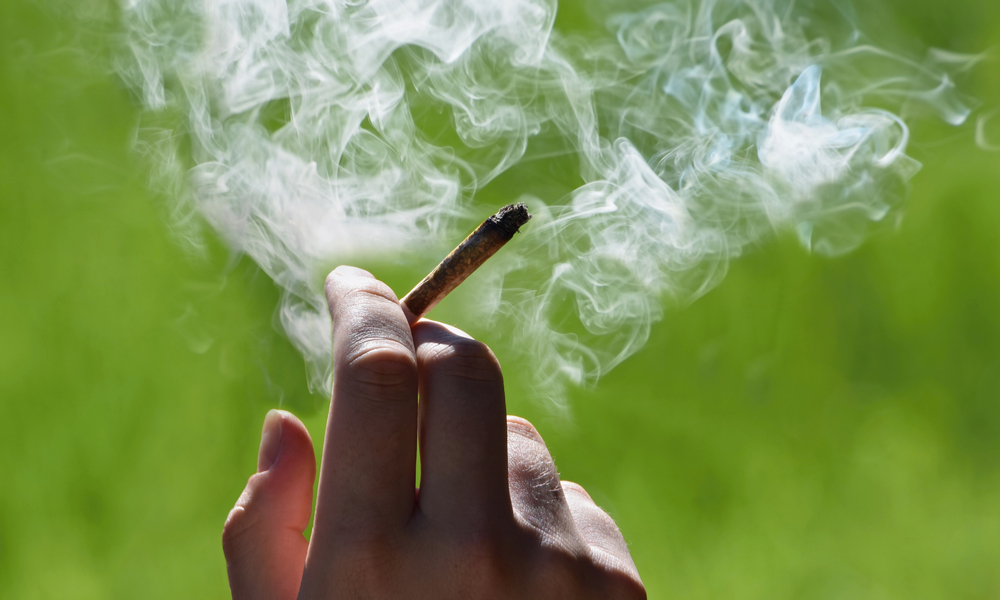
When recreational users report a negative experience with weed, the issue almost always has to do with feelings of paranoia and anxiety. No doubt, any serious recreational user has been there. Today’s weed can be incredibly potent in terms of THC. And that’s not even mentioning concentrates.
High doses of THC can and do trigger negative mood alterations. And some people are just more sensitive to THC than others. For both people who accidentally got “too high,” and those hyper-sensitive to THC, cannabidiol can help pump the breaks by inhibiting some of the toxicity of THC.
This is a really unique and little-understood mechanism covered under the entourage effect. But if you take a close look at dispensary products, you’ll see plenty of strains, edibles, and concentrates that include a healthy dose of CBD in addition to high quantities of THC.
The reason for this is that cannabidiol works like an antidote to THC. It counters some of the stronger, stress-inducing effects of THC, leading to a smoother, more balanced high.
Hence, 1:1 strains or other products with a balanced blend of THC and CBD are super-popular among recreational cannabis consumers.
The Most Popular CBD Products Available Today
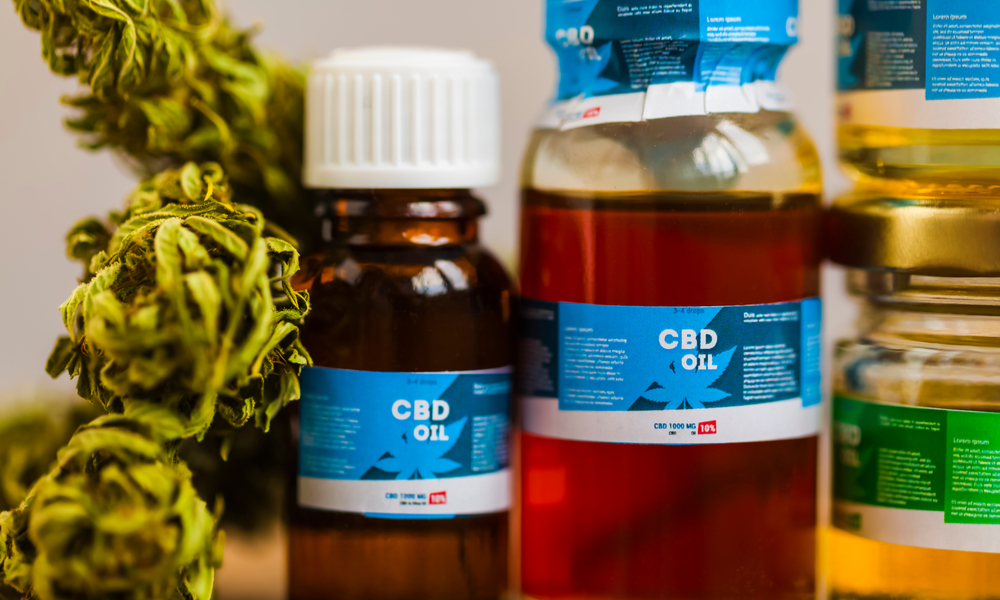
Oils
Today, the most popular way to purchase products and consume cannabidiol is as an oil. Remember, though, that CBD oil can come from hemp or from marijuana plants, and quality can vary dramatically.
Health and Beauty Products
Additionally, topical ointments, which allow CBD to be absorbed through the skin, are also tremendously popular. Moisturizers infused with CBD extracts are dominating the health and skin care markets for therapeutic cannabis. As are other CBD-infused products like shampoos, facial cleansers and even deodorant!
Vaporizers
Vaping CBD extracts in the form of wax concentrate is another popular mode of consuming cannabidiol.
Edibles
And finally, there’s the old standbys: edibles and tinctures for making CBD-infused foods and beverages.
The Future Of Cannabidiol: The Future Of Healing?
That’s the rundown of what cannabidiol is, what it can do for you and the most popular ways to get your hands on it. As you can see, the future holds in store some exciting things for CBD, thanks to its seemingly bottomless promise as an effective and safe medicine.
Capable of fighting back against the most serious diseases, while also gentle enough to be a part of a daily health regimen, cannabidiol is truly one of the most remarkable compounds in the natural world.
And for this reason, cannabidiol is driving innovation in the cannabis industry. Who would have guessed that the part of the plant that doesn’t get you high become such a major player in today’s cannabis revolution?
The post What Is CBD (Cannabidiol) And What Does It Do? appeared first on High Times.

